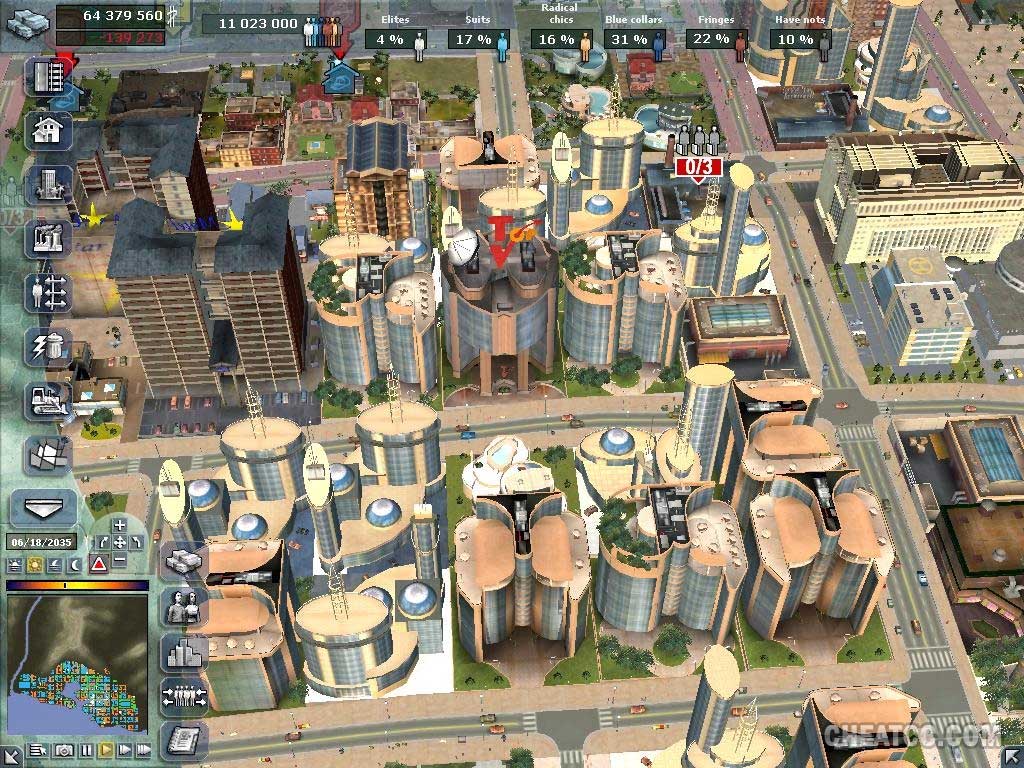

“I have a lot on my plate,” she says, taking inventory: The fork and spoon are her parents and the macaroni, her siblings - except for Baby Lele, who is a plump chicken breast. After tidying the dresser drawers she shares with a sister, Dasani rushes her younger siblings onto the school bus. With lukewarm milk, Tropicana grape juice and containers of leftover Chinese. She then wipes down the family’s small refrigerator, stuffed Her mornings begin with Baby Lele, whom she changes, dresses and feeds, checking that the formula distributed by the shelter is not, once again, expired. As they begin to stir on this frigid January day, Dasani sets about her Nearly a quarter of Dasani’s childhood has unfolded at Auburn, where she shares a 520-square-foot room with her parents and seven siblings. Beyond its walls, she belongs to a vast and invisible tribe of more than 22,000 homeless children in New York, the highest number since the Greatĭepression, in the most unequal metropolis in America. Yet Dasani is among 280 children at the shelter. Walls and roaches swarm, where feces and vomit plug communal toilets, where sexual predators have roamed and small children stand guard for their single mothers outside filthy showers. Her family lives in the Auburn Family Residence, a decrepit city-run shelter for the homeless.

It hinted at aĭifferent, upwardly mobile clientele, a set of newcomers who over the next decade would transform the borough.ĭasani’s own neighborhood, Fort Greene, is now one of gentrification’s gems. The bottled water had come to Brooklyn’s bodegas just before she was born, catching the fancy of her mother, who could not afford such indulgences. The first to be born, the first to go to school, the first to make the honor roll.Įven her name, Dasani, speaks of a certain reach. This child of New York is always running before she walks. “It makes me feel like there’s something going on out there,” says the 11-year-old girl, never one for patience. Her gazeĪlways stops at that iconic temple of stone, its tip pointed celestially, its facade lit with promise. On mornings like this, she can see all the way across Brooklyn to the Empire State Building, the first New York skyscraper to reach 100 floors. Slipping out from her covers, the oldest girl sits at the window. Two other children share a mattress by the rotting wall where the mice live, opposite the baby, whose crib is warmed by a hair dryer perched on a milk crate. A few feet away, their motherĪnd father sleep near the mop bucket they use as a toilet. The smaller children lie tangled beside her, their chests rising and falling under winter coats and wool blankets.

Girl in the Shadows: Dasani’s Homeless Life


 0 kommentar(er)
0 kommentar(er)
